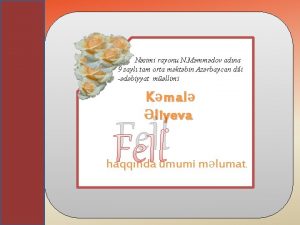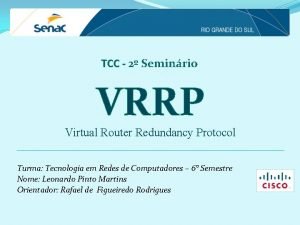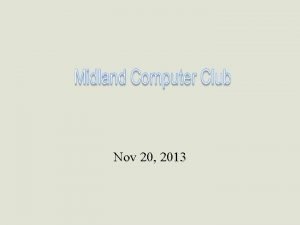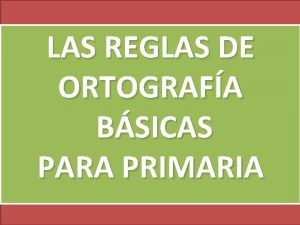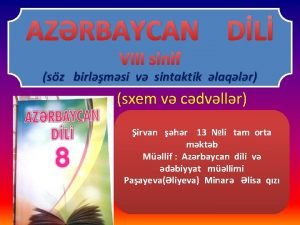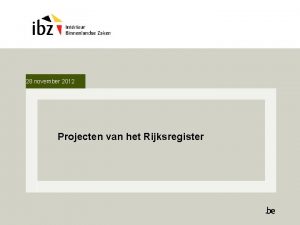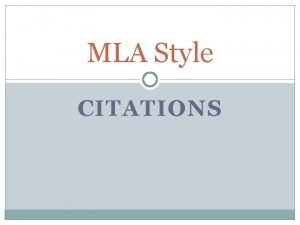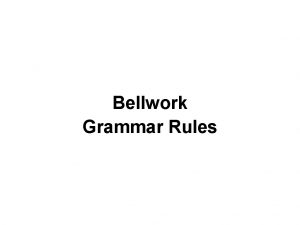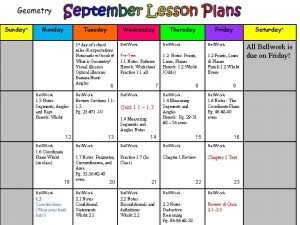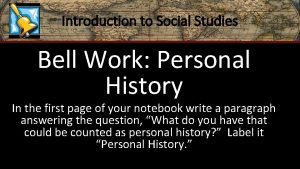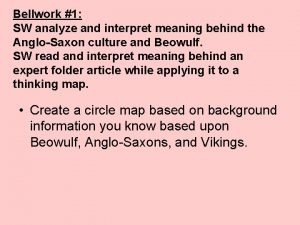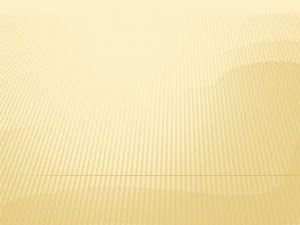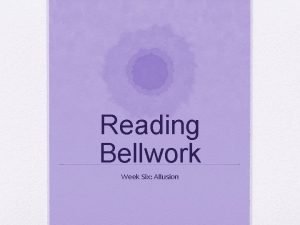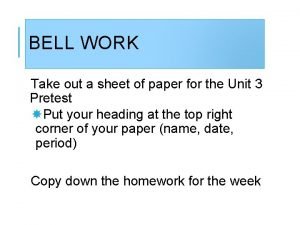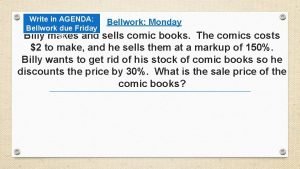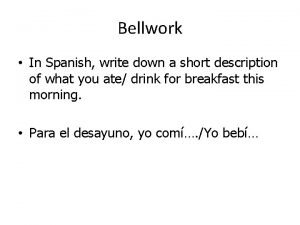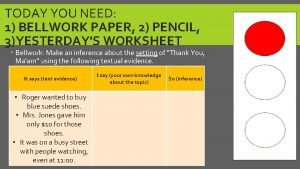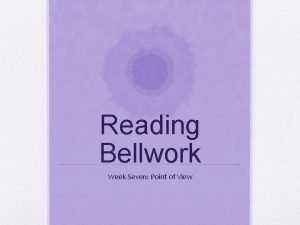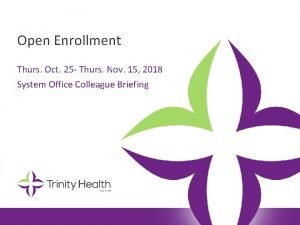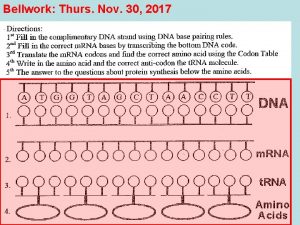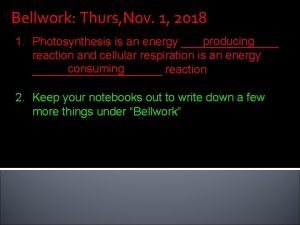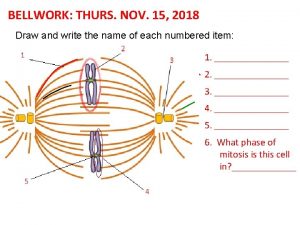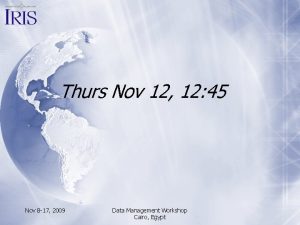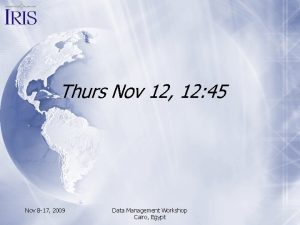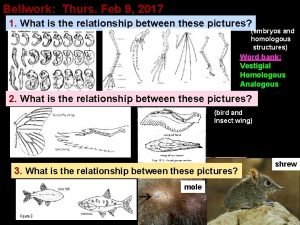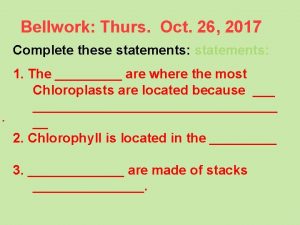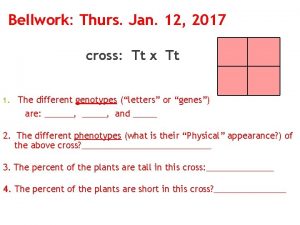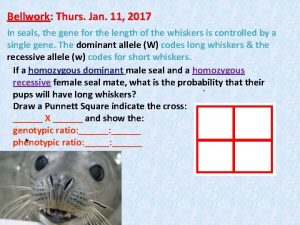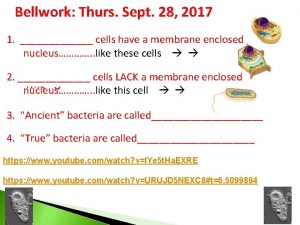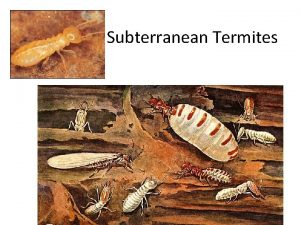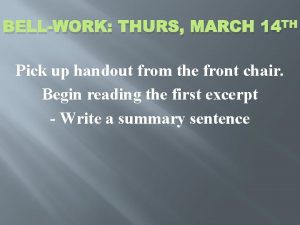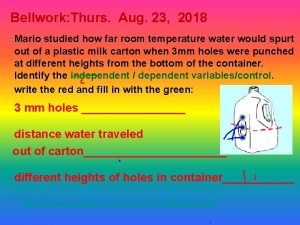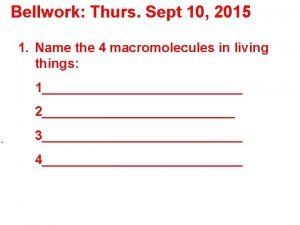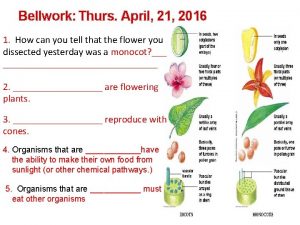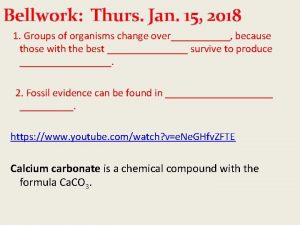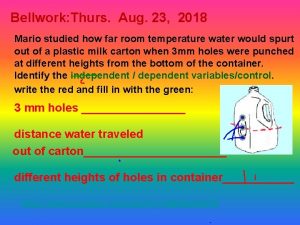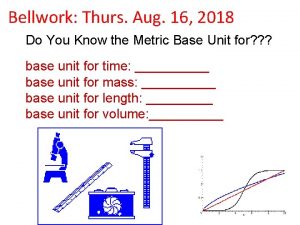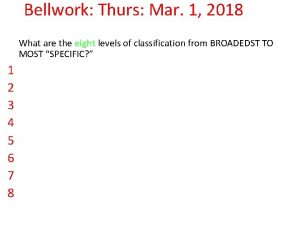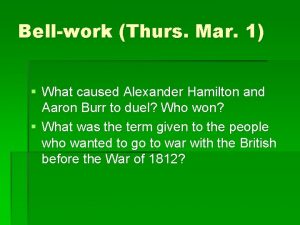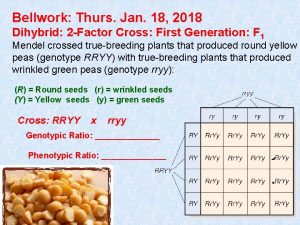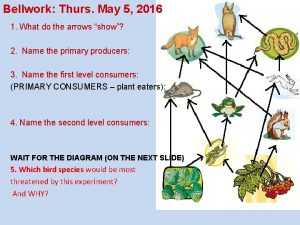Bellwork for Thurs Nov 30 2017 1 Who

Bellwork: for Thurs. Nov. 30, 2017 1. Who 7 s this a picture of? ________ 2. What is this a picture of? ________ 3. What is the name of this picture? ______ 4. who are these guys? ______________ for 5. These 3 people are responsible the discovery of __________________ Copyright Pearson Prentice Hall

Bellwork: Mon. Nov. 27, 2017 • Purines: nitrogen bases with 2 nitrogen rings. They are the bases: (______and ______) • Pyrimidines: nitrogen bases with 1 nitrogen ring. They are the bases: (______and ______) • http: //learn. genetics. utah. edu/content/begin/dna/builddna/

Notes: History of DNA and DNA Replication: Chromosome Nucleosome DNA double helix Coils Supercoils Histones

1928: Frederick Griffith discovered transformation: when a harmless bacteria strain changes permanently into the disease-causing strain). Griffith Hypothesized: a “factor” (now know as DNA) must contain information that could change harmless bacteria into disease-causing ones.

British scientist Fredrick Griffith studied bacteria that caused pneumonia. He observed: (1) Disease-causing strain of bacteria grew into smooth colonies on culture plates. (2) The harmless strain grew into colonies with rough edges.

Oswald Avery repeated Griffith’s work to determine which molecule was most important for transformation. Avery and his colleagues made an extract from the heat-killed bacteria that they treated with enzymes.

These enzymes destroyed proteins, lipids, carbohydrates, and other molecules, including the nucleic acid RNA. Transformation still occurred. Oswald Avery and other scientists repeated the experiment using enzymes that would break down DNA. When DNA was destroyed, transformation didn’t occur. Oswald Avery and other scientists concluded that DNA was the “transforming factor. ”

Avery and other scientists discovered DNA stores and transmits genetic information from one generation to the next.

Alfred Hershey and Martha Chase studied viruses grown in cultures containing radioactive isotopes of phosphorus-32 (32 P) and sulfur-35 (35 S).

Bacteriophages: viruses that infect bacteria. composed of a DNA or RNA core and a protein coat.

Hershey and Chase “followed” the radioactive isotopes and found bacteriaphages injected only the 32 P (attached to the DNA) into the bacteria Bacteriophage with sulfur-35 in protein coat Phage infects bacterium No radioactivity inside bacterium

Watson and Crick discovered that hydrogen bonds can form only between certain base pairs—adenine and thymine, and guanine and cytosine. This principle is called base pairing.

Hershey and Chase concluded the genetic material of the bacteriophage was DNA, not protein.
![Chargaff's Base Pairing Rules: • % guanine [G] and cytosine [C] are almost equal Chargaff's Base Pairing Rules: • % guanine [G] and cytosine [C] are almost equal](http://slidetodoc.com/presentation_image_h2/b4c56b6f93bf837a26766595b0be12f2/image-14.jpg)
Chargaff's Base Pairing Rules: • % guanine [G] and cytosine [C] are almost equal in any sample of DNA. • % adenine [A] and thymine [T] bases are almost equal in any sample of DNA.

X-Ray Evidence Rosalind Franklin used X-ray diffraction to get information about the structure of DNA. She aimed an X-ray beam at concentrated DNA samples and recorded the scattering pattern of the X-rays on film.

Copyright Pearson Prentice Hall

The Double Helix: Using clues from Franklin’s pattern, James Watson and Francis Crick built a model of DNA that explained how DNA carried and copied information. Watson and Crick's model of DNA was a – double helix: two strands wound around each other like a spiral staircase shape.

They discovered the hydrogen bonds between the bases could be easily broken. 3 hydrogen bonds between G and C 2 hydrogen bonds between T and A

Hydogen bonding Hydrogen bonds: relatively weak chemical forces that allow the two strands of the helix to separate. The ability of the two strands to separate is critical to DNA’s functions.

How does DNA copy itself with so few mistakes? Copyright Pearson Prentice Hall


DNA Replication: when a cell divides, it duplicates its DNA so each new cell has a complete set of DNA. Replication: when DNA makes an identical copy of itself before mitosis. The DNA molecule separates into two strands, then produces two new complementary strands

How Replication Occurs DNA replication is carried out by enzymes that “unzip” a molecule of DNA. Helicase: unzips the double helix DNA polymerase: creates complimentary strand Hydrogen bonds between base pairs are broken and the two strands of DNA unwind. Copyright Pearson Prentice Hall



12– 2 The structure that may play a role in regulating how genes are “read” to make a protein is the a. coil. b. histone. c. nucleosome. d. chromatin. Copyright Pearson Prentice Hall

Bellwork: Mon: Nov 22, 2010 1. A DNA molecule separates, and the sequence GCGAATTCG occurs in one strand. Write out the original and complimentary Strand: GCGAATTCG 2. Which bases are which? Draw them. How do you know: 3. What are these colored genes called? (hint: think of the video we watched “What Darwin Never Knew”)

Bellwork: old 1. If an organism has 3 chromosomes instead of the usual pair in a karyotype the genetic disorder is known as________ 2. If an organism is missing one chromosome instead of the usual pair in a karyotype the genetic disorder is known as______________

Bellwork: old 1. A DNA molecule separates, and the sequence GCGAATTCG occurs in one strand. Write out the original and complimentary Strand: GCGAATTCG 2. Draw and label the 4 bases of DNA with the correct number of H bonds. Be ready to explain how you can tell them apart and which bases pair up…
- Slides: 29
